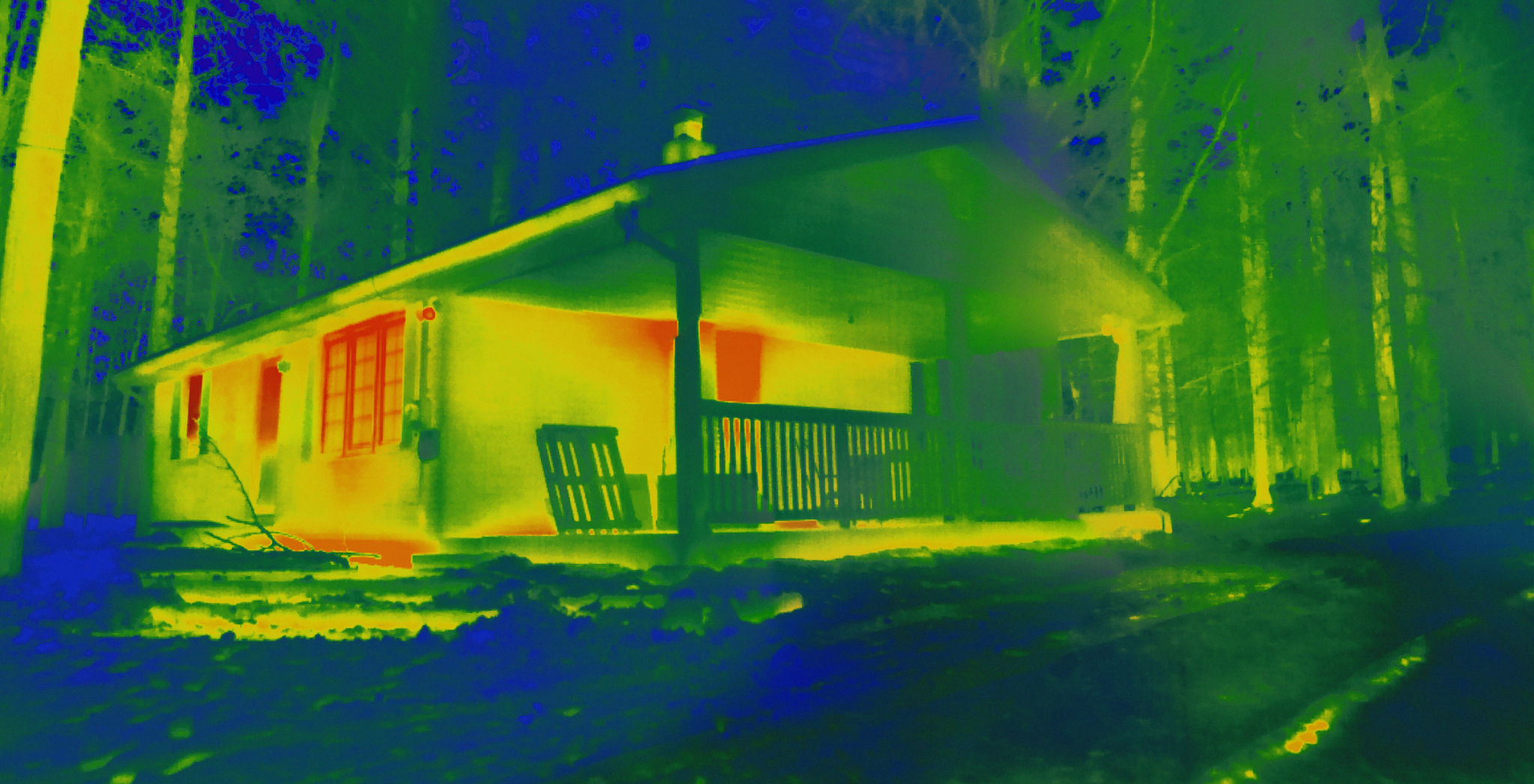How to Prepare Your Home for Winter: Essential Broomfield Repairs
IC
Inspect and Insulate Windows and Doors
As winter approaches, ensuring that your home is well-insulated can significantly impact your comfort and energy bills. Begin by inspecting all windows and doors for gaps or cracks that could allow cold air to seep in. Use weatherstripping or caulk to seal any noticeable gaps, which can help retain heat and prevent drafts.
Installing storm windows or using thermal curtains can also enhance insulation and reduce heat loss. Consider adding draft stoppers at the base of doors to further prevent cold air from entering your home.

Service Your Heating System
One of the most critical steps in preparing your home for winter is ensuring your heating system is in top condition. Schedule a professional inspection of your furnace or boiler to guarantee it operates efficiently throughout the colder months. Regular maintenance can help identify potential issues before they result in costly repairs.
Don't forget to change or clean the air filters in your HVAC system. Dirty filters can obstruct airflow, making your heating system work harder and less efficiently. A clean filter ensures better performance and improved indoor air quality.

Check Your Roof and Gutters
Winter weather can be harsh on your roof and gutters, so it's essential to inspect them before the first snowfall. Look for missing or damaged shingles and repair them promptly to prevent water leaks and ice dams. Clear debris from gutters to ensure proper drainage, which can help avoid water damage and icicles.
If your area experiences heavy snowfall, consider installing gutter guards to prevent blockages caused by snow and ice accumulation. This simple step can protect your home from potential water damage during winter thaws.

Test Smoke and Carbon Monoxide Detectors
Winter often means spending more time indoors and using heating systems, which increases the risk of fire or carbon monoxide exposure. Ensure your home is safe by testing smoke detectors and carbon monoxide alarms. Replace batteries if needed and make sure each device functions correctly.
It's also wise to have a fire extinguisher readily available in key areas of your home, such as the kitchen and near fireplaces or wood stoves. Regular checks can provide peace of mind during the winter season.
Prepare Your Pipes
Cold temperatures can lead to frozen pipes, which may burst and cause significant water damage. To prevent this, insulate pipes in unheated areas like basements, garages, or crawl spaces. Pipe insulation sleeves are a cost-effective solution that can protect against freezing temperatures.
Additionally, keep cabinet doors under sinks open to allow warm air circulation around plumbing, especially on extremely cold nights. Letting faucets drip slightly during extreme cold spells can also help prevent pipes from freezing.

Seal Attic Air Leaks
Heat rises, making the attic a common culprit for energy loss in homes. Inspect your attic for air leaks and seal them with caulk or expanding foam. Proper attic insulation is also crucial in maintaining a stable indoor temperature and reducing heating costs.
Focus on areas where wires, pipes, or ducts enter the attic, as these are common spots for air leakage. Adding additional insulation as needed can further enhance energy efficiency throughout the winter months.
Stock Up on Winter Essentials
Before winter fully sets in, ensure you have all necessary supplies to handle severe weather conditions. Stock up on essentials like rock salt or sand for de-icing walkways and driveways. Make sure you have a reliable snow shovel or snow blower in good working condition.
Consider creating an emergency kit with flashlights, batteries, blankets, non-perishable food, and bottled water in case of power outages or severe storms. Being prepared can make winter challenges more manageable.

